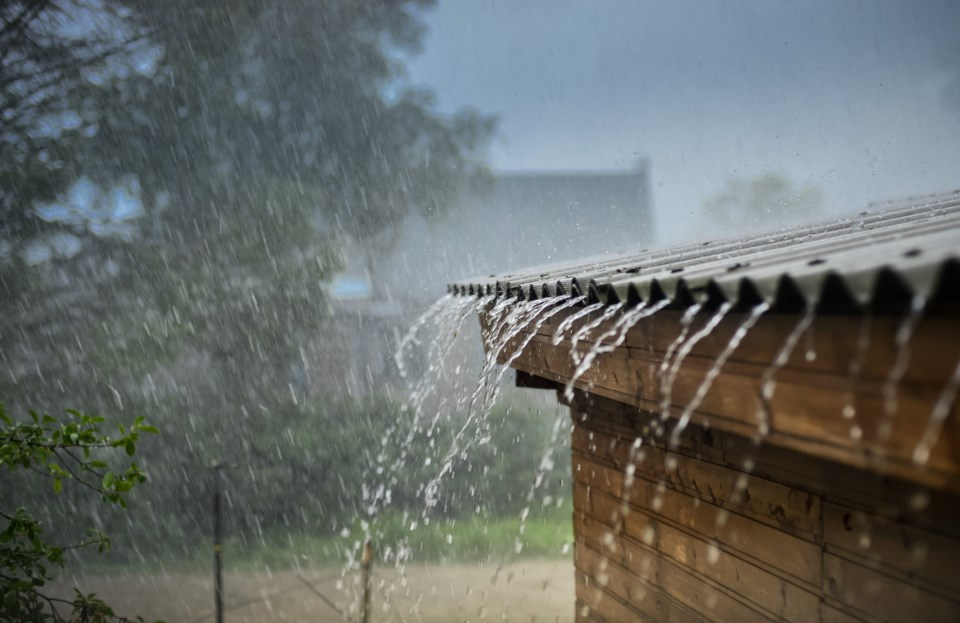Welcome to our tree column, "Ask your local arborist." Each month, arborists from the Davey Tree Expert Company in Menlo Park will discuss a tree-related topic from general care to planting tips and tricks to how trees can impact your property and community, as well as answer your questions. If you have a tree-related question or an idea for a topic to discuss, email lifestyle@embarcaderopublishing.com or post in the comments section at the end of this column. Arborists may make house calls, when needed, to assess tree questions on your property.
November typically signals the beginning of the rainy season in the San Francisco Bay Area, and with El Niño in the forecast, this winter and spring could be wetter than normal. Without proper preparation, high winds and heavy rains that often occur during the stormy season could wreak havoc on your trees.
Trees thrive when they are properly supplied with water, especially when the soil is dry and they need a boost. What they’re not so crazy about are stints of relentless rain showers that saturate the soil and leave them struggling for oxygen.
Prepping your yard and knowing what potential hazards to look for before winter arrives are among the best ways to keep your trees safe. Here are some tips to winterize your yard and help keep your trees healthy during the next few months:
• Prune dead or broken branches before the rain comes. Leaving unhealthy or damaged tree branches could be a hazard. Excessive water could weaken the branches causing them to fall and possibly damage your property.
• Stake trees that are unstable or leaning. For these trees to be able to stand up against the rainfall (literally), they may need some added support. The rain will cause the ground to soften and trees could topple over. For bigger trees, consult your local arborist for proper staking techniques.
• Add mulch to protect new sensitive roots and improve aeration. The weight of heavy rainfall can cause soil to become compacted, making it difficult for roots to get oxygen – ultimately suffocating the tree. Mulch acts as an added barrier of protection for the soil and roots.
• Weed, clean and aerate soil 3 feet from the center of your tree.
• Consider installing additional drainage, hardscapes, bark and drought-tolerant plants to help prevent further damage from El Niño.
• Protect against soil erosion. To control soil around plant beds and trees, mulch areas that may be prone to erosion.
• Pay attention to your tree's leaves. Trees are much like humans in that they will let you know when they need water or have had too much to drink. Wilted, yellowing or fallen leaves are great telltale signs that your tree has been exposed to too much water – powdery mildew could be present, as well.
• Have your trees inspected after a severe weather event.
George Reno is a local arborist at The Davey Tree Expert Company in Menlo Park, which serves communities on the Peninsula, including Menlo Park, Atherton, Palo Alto and Redwood City. Newborn can be reached at 866-923-5658.


Comments